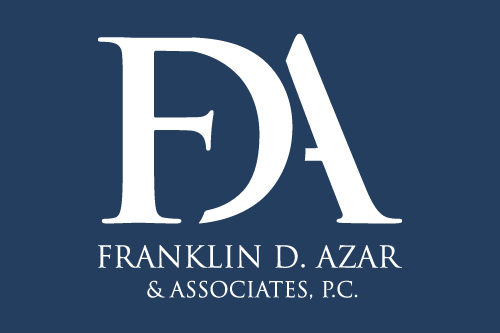In the past two blogs we have talked about the kind of auto insurance you need to purchase to make sure the other party in a collision is taken care of. Now let’s talk about how to make sure your property and injuries are taken care of. In this blog we are going to explore property damage coverage to protect your vehicle. We will be talking about the insurance that takes care of your medical bills in another blog in a few days.
“Collision” coverage is different than property damage liability because liability is no longer an important factor. Collision coverage will pay to fix the damage to your car whether or not the damage was caused by you. For example, if you are in a collision and you’re at fault, collision coverage will pay for the cost to repair your vehicle. If you are in an accident and it is not your fault, collision coverage will pay to fix your car if the other party’s property damage liability is not enough or too low to cover your damages. Collision also covers repairs like if your car is hit while it’s parked and no one leaves a note or if you have a collision with a stationary object.
With the removal of liability from the discussion we need to talk about something else, deductibles. With liability coverage you do not have a deductible, but with collision coverage you do. A deductible is a dollar value generally between $0 and $1000. This is the amount you have to pay up front to fix the damage before your collision coverage will take over. For example imagine you hit a concrete post and your car has $3,000 of damage. If you have a $300 deductible you would pay $300 and your collision coverage would pay $2,700 to fix the car.
The deductible you pay is based on two factors: the value of your car and the premium. The premium is the amount of money you pay each month in order to maintain collision insurance. If you choose to have a higher deductible, then your premium may be lowered. This may be a good idea if you are someone who is a very cautious driver or do not drive often. Your deductible is also based on the value of your car as is the coverage. For example if your car is worth $5,000 and a collision causes $6,000 of damage to your car, the collision insurance would declare the car “totaled” and you would be given a claims check for the fair market value of the car.
Collision coverage is not required insurance, however it is a good idea to purchase collision coverage, otherwise you may have to replace the full value of your vehicle out-of-pocket if you are in a bad accident.



